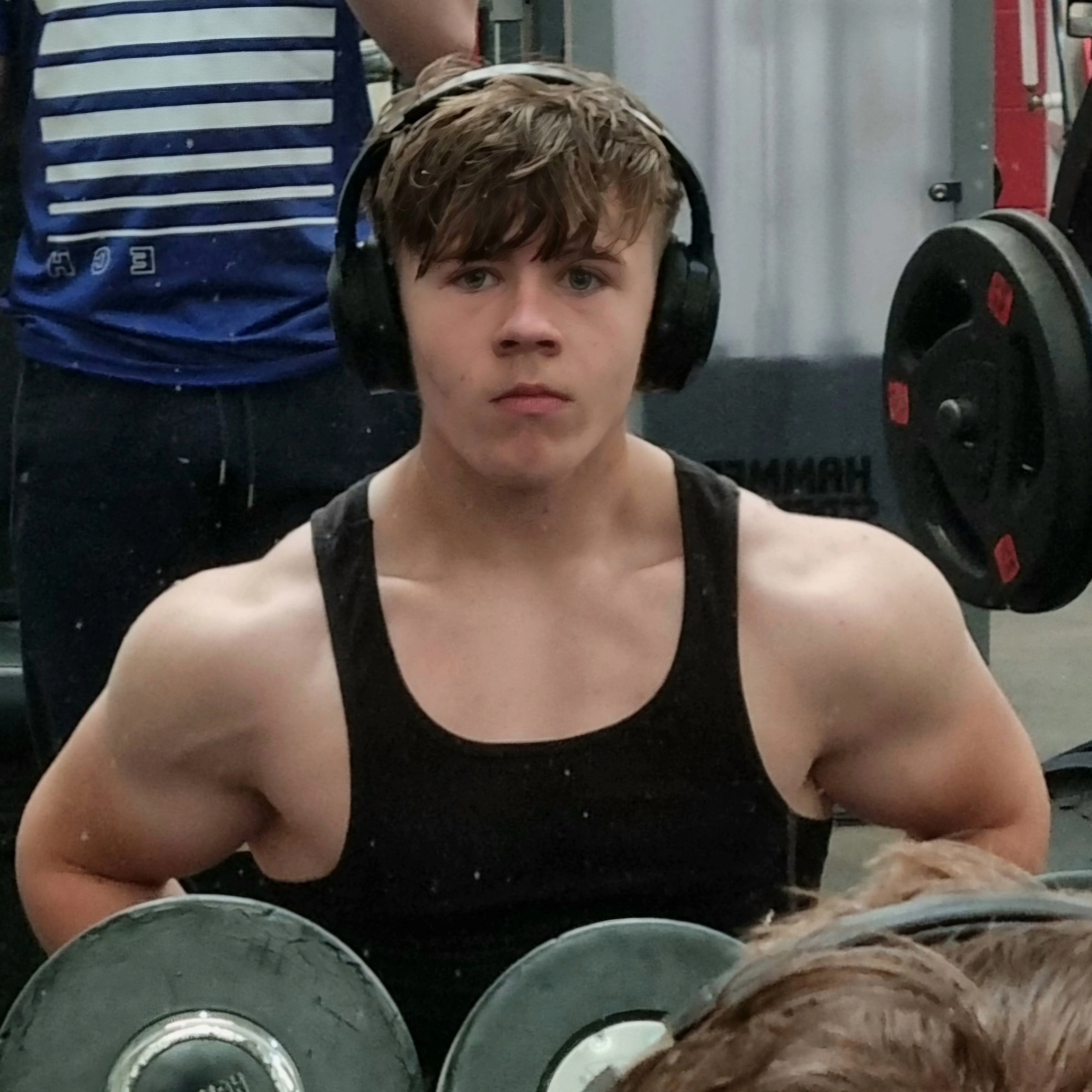Animal
Cards (114)
- What is the main function of the digestive system?
- What do the pancreas and salivary gland produce?
- What is the role of the stomach in digestion?
- What is the role of the small intestine?
- What does the liver produce in digestion?
- What is the role of the large intestine?
- What is the role of enzymes in digestion?
- How does the shape of an enzyme affect its function?
- What is metabolism?
- What types of reactions do enzymes catalyse?
- What is the lock and key hypothesis?
- How does temperature affect enzyme action?
- What is the optimum temperature for enzymes?
- How does pH affect enzyme function?
- Where are carbohydrases produced?
- What is the role of carbohydrases?
- What is the role of proteases?
- What is the role of lipases?
- How are the products of digestion used?
- Where is bile made and stored?
- What is the role of bile?
- What is the heart?
- What is the purpose of the circulatory system?
- How does the double circulatory system work?
- Where does blood from the right ventricle go?
- Where does blood from the left ventricle go?
- Why is the double circulatory system important?
- How many chambers does the heart have?
- What are the names of the heart chambers?
- Why is the left ventricle wall thicker?
- What are the four main blood vessels associated with the heart?
- What is the purpose of valves in the heart?
- What is the purpose of coronary arteries?
- Describe the process of blood flow through the heart.
- What is the approximate value of the natural resting heart rate?
- How is the heart rate controlled?
- How can an abnormal heart rhythm be treated?
- What are the three types of blood vessel in the body?
- How are arteries adapted for their function?
- How are veins adapted for their function?
